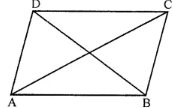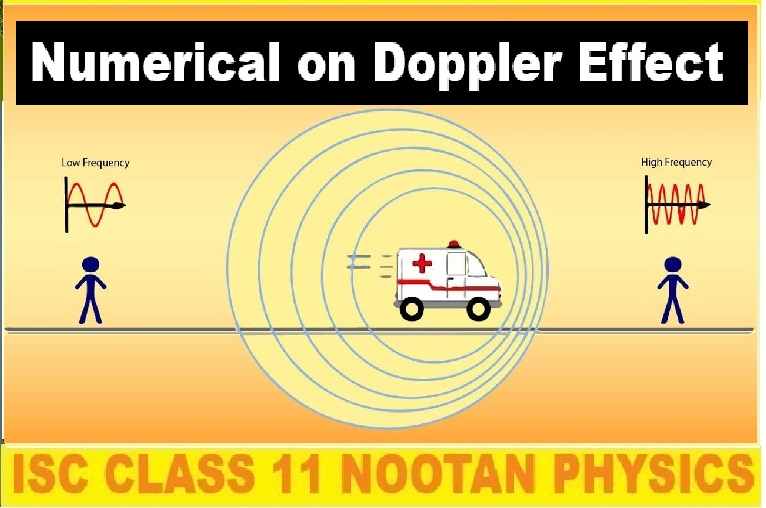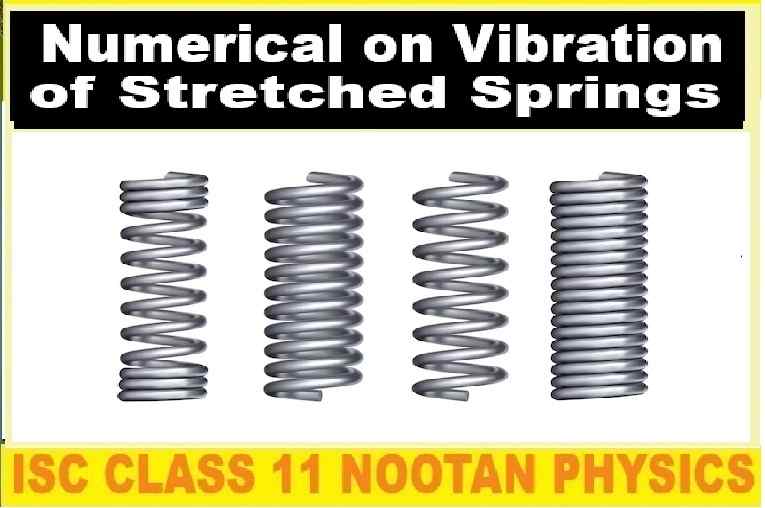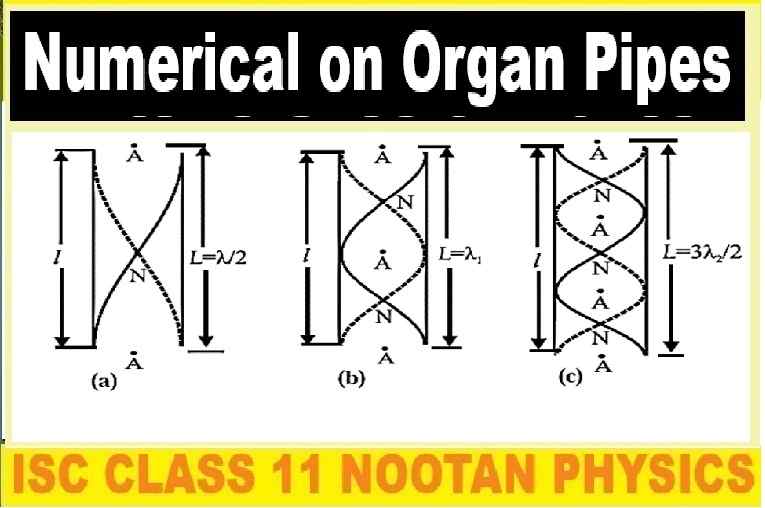ML Aggarwal Understanding Elementary Shapes Exe-11.1 Class 6 ICSE Maths Solutions. We Provide Step by Step Answer of Exe-11.1 Questions for Understanding Elementary Shapes as council prescribe guideline for upcoming board exam. Visit official Website CISCE for detail information about ICSE Board Class-6.
ML Aggarwal Understanding Elementary Shapes Exe-11.1 Class 6 ICSE Maths Solutions
| Board | ICSE |
| Publications | Avichal Publishig Company (APC) |
| Subject | Maths |
| Class | 6th |
| Chapter-11 | Understanding Elementary Shapes |
| Writer | ML Aggarwal |
| Book Name | Understanding |
| Topics | Solution of Exe-11.1 Questions |
| Edition | 2023-2024 |
Understanding Elementary Shapes Exe-11.1
ML Aggarwal Class 6 ICSE Maths Solutions
Page-230
Question 1. Why is it better to use a divider and a ruler than a ruler only, while measuring the length of a line segment?
Answer:
There may be errors due to the thickness of the ruler and angular viewing by using a ruler. These errors are eradicated by using a divider. So, it is better to use a divider with ruler, than a ruler only, while measuring the length of a line segment.
Question 2. In the given figure, compare the line segments with the help of a divider and fill in the blanks by using the symbol >, = or <:
(i) AB ………. CD
(ii) BC ………. AB
(iii) AC ………. BD
(iv) CD ………. BD

Answer:
(i) AB = CD
(ii) BC < AB
(iii) AC > BD
(iv) CD < BD
Question 3. If A, B and C are collinear points such that AB = 6 cm, BC = 4 cm and AC = 10 cm, which one of them lies between the other two?
Answer:
Given : A, B and C are colinear points

Point B lies between A and C.
Question 4. In the given figure, verify the following by measurement:
(i) AB + BC = AC
(ii) AC – BC = AB
![]()
Answer:
Measure with help of divider and ruler.
AB = 3 cm, BC = 1.5 cm and AC = 4.5 cm
(i) AB + BC = AC
⇒ 3 cm + 1.5 cm = 4.5 cm
⇒ 4.5 cm = 4.5 cm
(ii) AC – BC = AB
⇒ 4.5 cm – 5 cm = 3 cm
⇒ 3 cm = 3 cm
Question 5. In the given figure, verify by measurement that:
(i) AC + BD = AD + BC
(ii) AB + CD = AD – BC
![]()
Answer:
Measure with help of divide and ruler.
AB = 1.8 cm, BC = 0.8 cm, BD = 2.7 cm CD = 1.9 cm, AC = 2.6 cm and AD = 4.5 cm
(i) AC + BD = AD + BC
⇒ 2.6 cm + 2.7 cm = 4.5 cm + 0.8 cm
⇒ 5.3 cm = 5.3 cm
(ii) AB + CD = AD – BC
⇒ 1.8 cm = 1.9 cm = 4.5 cm – 0.8 cm
⇒ 3.7 cm = 3.7 cm
Understanding Elementary Shapes Exe-11.1
ML Aggarwal Class 6 ICSE Maths Solutions
Page-231
Question 6. In the given figure, measure the lengths of the sides of the triangle ABC and verify:
(i) AB + BC > AC
(ii) BC + AC > AB
(iii) AC + AB > BC

Answer:
Measure with help of divide and ruler.
AB = 2.5 cm, BC = 3.8 cm, AC = 4 cm
(i) AB + BC > AC
⇒ 2.5 + 3.8 cm > 4 cm
⇒ 5.3 cm > 4 cm
(ii) BC + AO > AB
⇒ 3.8 + 4 cm > 2.5 cm
⇒ 7.8 cm > 7.5 cm
(iii) AC + AB > BC
⇒ 4 cm + 2.5 cm > 3.8 cm
⇒ 6.5 cm > 3.8 cm
— : End of ML Aggarwal Understanding Elementary Shapes Exe-11.1 Class 6 ICSE Maths Solutions :–
Return to – ML Aggarwal Maths Solutions for ICSE Class -6
Thanks


